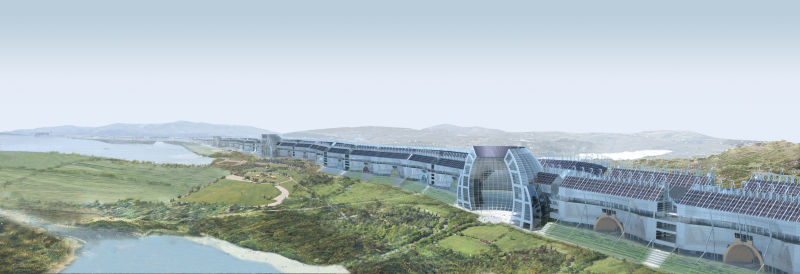Fifty years ago a visionary architect in Arizona began promoting an idea far ahead of its time.
Maybe its time has come.
Paolo Soleri had ideas that were beyond the time in which he lived but advancing technology and evolving perceptions of city life may soon revitalize his dreams.
I was inspired by his ideas, but quickly realized the limitations that he was not addressing, which for me were the logistics of so many people living in a building, all of them needing supplies and belongings moved into and out of their homes, all of the businesses would have the same issues as well.
No cars or trucks were envisioned with his designs and the plans seemed to have living and work spaces built close and closer. This was another one of the issues expected to be solved when the building could be built, but not addressed in his work.
It was a good idea that needed improvement. It has been a lingering source of inspiration over the years since I first met Solari at his Paradise Valley Studio because I have always believed that these large integrated structures will be built perhaps not as Solari envisioned, but built in some fashion just the same.
In the western US, the roads between urban areas are traversed by by thousands of vehicles each day and the potential to build in these area has more to do with lack of support services than anything else, Many beautiful locations within an easy drive of metro areas are available for new construction, and as I have driven these highways the thought has come to me that Soleri’s Linear Cities would work in these areas.

https://io9.gizmodo.com/paolo-soleri-and-the-cities-of-the-future-509049258
